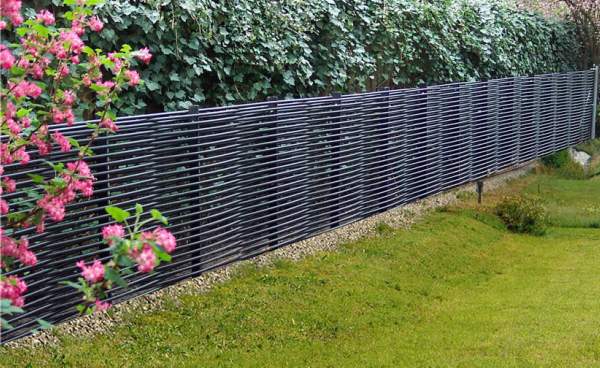 When most people think of a fence they imagine privacy and aesthetics and few associate it with incorporating it into their home’s renewable energy needs. However, there is a different type of “fence” that is entering into conversations more often, these days.
When most people think of a fence they imagine privacy and aesthetics and few associate it with incorporating it into their home’s renewable energy needs. However, there is a different type of “fence” that is entering into conversations more often, these days.
This type of fence is designed to produce energy directly from the environment. Similar to thermodynamic solar panel, this unique Energy Fence (aka Thermosolar fence) makes use of the solar, air source, and sometimes ground source, to produce energy via a heat pump even when it’s ice cold outdoors.
There are different types and configurations of energy fences that will offer different advantages, depending on its use and the surrounding environment.
How does it work?
One type of renewable energy fence consists of interlaced, horizontal pipes that are vertically stacked and installed both below and above ground level. The fence, itself, is a series of tubes that have been filled with a fluid that is designed for heat-transfer. The fluid circulation is similar to a geothermal ground loop or solar thermal rooftop collector.
The section of the fence that resides above ground will absorb solar energy, while heat from the earth will supply energy to the underground section. In this case, the configuration is such that only a third of the fence is located below ground in situations where a heat pump is in use. The section that resides below ground is actually used as a ‘buffer’ on cold days and/or night time. You may also use a ground collector which will allow you to use the energy fence as a separate roof absorber. The typical standard energy fence will consist of 54 pipes and produce 1.03kW heating capacity linear meter of fence.
What are the advantages?
When you compare energy fence technology to water-to-water heat pumps, you have several advantages:
- Lower heating costs
- Efficient and eco-conscious
- Ease of integration into surrounding landscape (as regular fencing with shrubs)
- Earth collector will average out the temperature changes in colder weather
- Durable design
- Installation pays off faster than a conventional gas or oil heating system
What other options are there?
A brine water heat pump can be combined with a hybrid energy fence and will provide an excellent alternative to air-water heat pumps. First of all the cost of installing a hybrid energy fence along with a heat pump is comparable to the installation of an air-water heat pump. In this way, it has now become affordable to use geothermal heat pump technology. In addition, the use of a hybrid energy fence along with a brine water heat pump will allow consistent heating, even in deep winter environments. Other advantages of the hybrid system include:
- The ability to employ a smaller sized energy fence (approx 6 m long and 80 cm high)
- The ground collector can be a small as 2 m wide, 6 m long and 1.75 m deep
- No drilling involved
- Resists frost
- Maintain a water supply temp. of 60°C
- Maintain constant heating even in winter
- Silent operation
- No need for an electric heater in cooler months
When you consider the ease of installation and the economic savings, it’s easy to make a case for considering the use of energy fences. Since advances in the technology have been made, those who once would never consider the more expensive geothermal alternative have begun to investigate this new take on renewable energy.
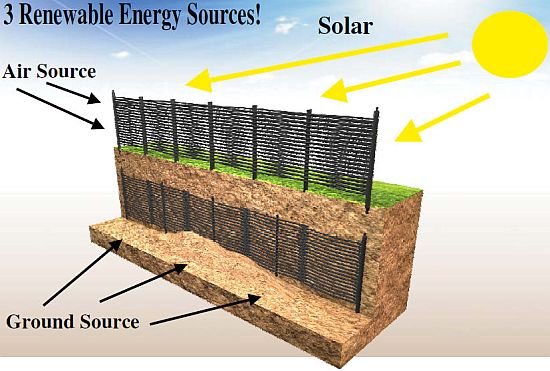
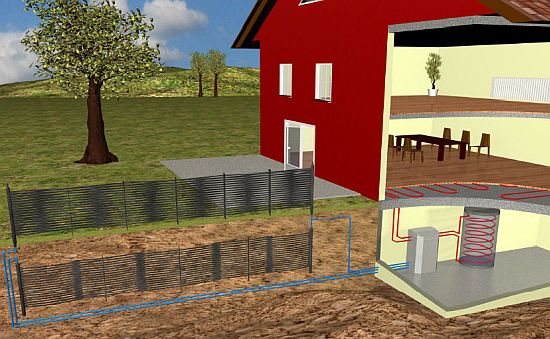
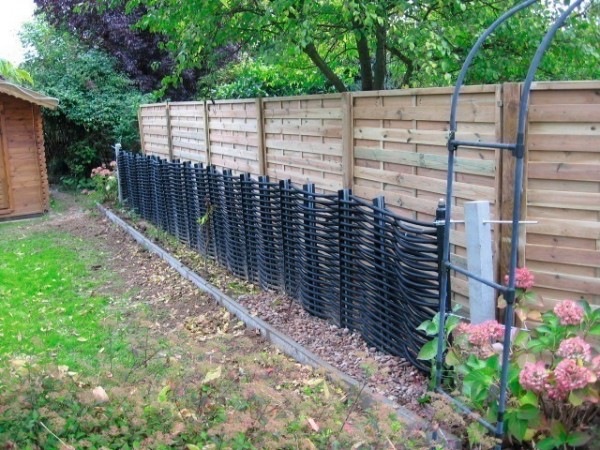
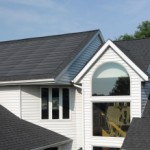 Top 4 Eco-Friendly Roof Trends for 2014
Top 4 Eco-Friendly Roof Trends for 2014 To Can or Not to Can? 5 Practical Reasons to Avoid Can Lighting Your Home
To Can or Not to Can? 5 Practical Reasons to Avoid Can Lighting Your Home Know the ROI Before Purchasing Energy Efficient HVAC Units
Know the ROI Before Purchasing Energy Efficient HVAC Units
[…] property and the environment? Seems we just covered a piece of an innovative engineering called Energy Fence (aka Thermosolar fence) which makes use of the solar, air source, and ground source, to produce energy via a heat pump, and […]